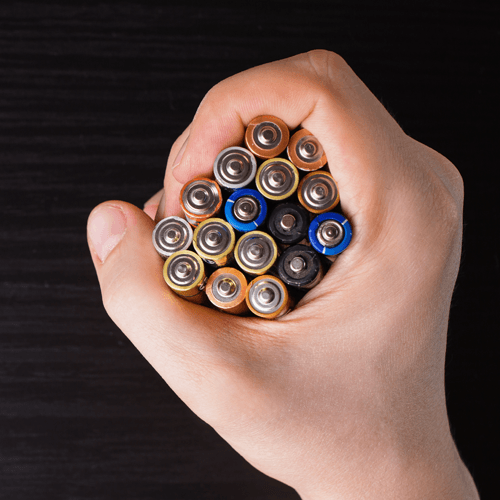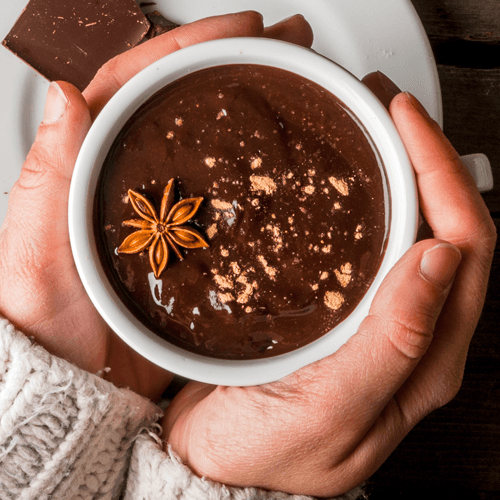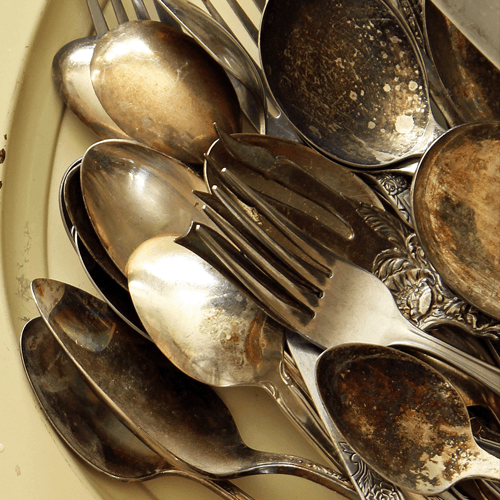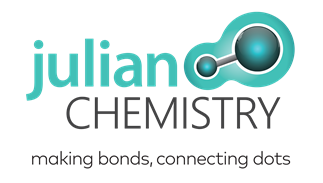3 Fun Chemistry Life Hacks
Junior College Net L1R5 Cut-off Points for 2018
February 21, 2018Receiving the Stanford University Terman Award
May 3, 2018
As you’re going through the daily hum drum of academic studies for that ultimate goal of acing that O level or A level chemistry exam, you might have lost sight of the beauty of the subject itself that you are studying so hard for, losing enthusiasm on the way. Take a few minutes to think about how you can use the information and skills you’re learning in everyday life! Chemistry can be a lot of fun once you understand how to apply it on a daily basis; so check out these chemistry life hacks that you and your family can use right now.
1. Battery Bounce Test

You’ve got some batteries rattling around in a box or drawer, and you’re not sure if they are still useful or completely drained. Inside alkaline batteries, there are two chambers. One contains a gel mixture of zinc and potassium hydroxide, and the other contains manganese dioxide. When the battery discharges the gel in the one compartment changes gradually into a ceramic.
Pick up the battery in question and drop in a couple of feet onto a hard surface. If it bounces, the gel has turned into a ceramic and the battery is dead. If it simply drops and rolls, the gel is still intact, and the battery should work— as long as you didn’t drop it from too high and damage it.
2. Richer, Smoother Cocoa Mix

Have you ever purchased the cheap instant kind of hot cocoa powder? You know the kind— it’s a bit of brown powder in a paper packets, and you mix it with water or milk to create hot cocoa. Unfortunately, the resulting drink usually isn’t very appetising. Instant cocoa often turns out too thin and bland, or it’s full of lumps that won’t go away no matter how much you stir.
Guess what? You can use chemistry to fix this problem. Rather than going out to buy more expensive, high-quality hot cocoa mix, just doctor the mix with science.
a. Getting the Lumps Out
First, let’s figure out why those pesky lumps form in your cup of cocoa. The instant cocoa mix contains a lot of starch, which is a long, branching train of sugar molecules. Within the powdery mix, the starch exists in small granules, which grow bigger when you add water. The starch molecules absorb the water and expand.
Sometimes, the expanding starch molecules form a waterproof wall around other starch molecules that are still dry. Picture it like the skin on an orange. The huge water-logged starch molecules keep moisture from reaching the dry bits of powder inside the lump. Unless you crush those lumps with a spoon to break them open, your cocoa is going to stay lumpy.
Instead of pouring all the water into your cocoa right away, add just a little bit. Mix your cocoa around with the bit of water or milk until you create a thick paste. It’s much easier to stir out any lumps this way. As soon as you have your nice, smooth paste, pour in the rest of the water, and you’ll be able to enjoy hot cocoa that’s completely free of lumps.
b. Creating Smoother Cocoa
Even if you get all the lumps out, your cocoa still may not dissolve completely. Have you ever gotten to the bottom of the cup and discovered gooey remnants of the mix? If those remnants would actually dissolve like they are supposed to, your cocoa would be smoother and creamier.
The scum at the bottom of the cup exists because your instant cocoa powder has some naturally occurring fats in addition to the starch. Fat is hydrophobic, like oil; it doesn’t mix well with water. In order to get the oily fats and water to truly blend, you need an emulsifier. An emulsifier is a chemical compound that can interact with hydrophilic molecules, like water, and hydrophobic molecules, like fat.
The casein found in milk is a natural emulsifier. You can buy 1%, 2%, or whole milk, which is already emulsified, and use it as a solvent for your instant hot cocoa mix. Use milk instead of water for your cocoa, and you’ll get a creamier, better dissolved cup of warm chocolate. You can also buy hot chocolate packets that already have a little dried milk in the mix.
c. Thickening the Cocoa
Does your cocoa always turn out thin and watery? If you want a richer, thicker chocolate drink, just use science! You can actually use cornstarch to thicken up your cocoa. The starch granules, as we already learned, can trap water and expand as they absorb it, making the mixture thicker.
In order to reap the benefits of the starch, you’ll need to heat your cocoa quite a bit— almost to the boiling point. Add a scoop of cornstarch to your hot cocoa powder, then heat it on the stovetop in a pan with milk, before pouring in into your cup; or use the microwave to heat it up sufficiently. If you’d rather not use cornstarch, just break open another packet of mix and use a couple extra scoops to create a richer cup of cocoa to enjoy.
3. Quick Removal of Silver Tarnish

Do you or your parents have some genuine silver utensils around the house? Have those items become tarnished over time? Instead of spending money on expensive products to polish the silverware, just find some bicarbonate of soda (baking soda) and aluminum foil. Fill a bowl with very hot water, add several strips of the foil, and dump in a tablespoon or two of bicarbonate of soda, with a teaspoon of salt. Place the tarnished silver in the bowl, touching the foil.
When silver is exposed to sulfur, either in foods or in the air, it forms a layer of silver sulfide— the black tarnish that you see on the pieces. When you place the silverware in the special solution, the bicarbonate of soda eats the layer of aluminum hydroxide off the foil so that the pure aluminum underneath can contact the silver sulfide. The oxygen and sulfur react more easily with the aluminum than with the silver, so the tarnish is transferred to the foil. The baking soda is also the catalyst here. As a salt, it makes the water electrolytic by increasing the ion concentration in water, allowing a faster transfer of electrons between silver sulfide and the aluminum foil, speeding up the redox reaction.. Just do a few pieces of silver at a time for the best effect, and change out the solution with fresh ingredients and hot water each time you introduce a new batch of silverware.
More Fun and Learning with Your Singapore Chemistry Tutor
Are you looking for O level chemistry tuition or A level chemistry tuition in Singapore? You need a chemistry tutor who can make the experience fun and relevant to you, as well as educational, because learning happens best when you’re interested in the topic. Contact Julian Chemistry to find out more about engaging, effective chemistry tuition in Singapore.



